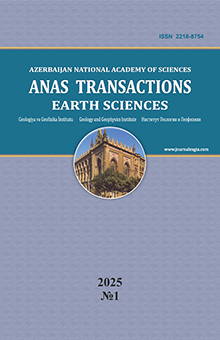New game changer: marine gas hydrates
Çifci G.1, 2
1 Department of Geophysics, Engineering Faculty, Dokuz Eylül University
2 Institute of Marine Sciences and Technology, Dokuz Eylül University: gunay.cifci@deu.edu.tr
Summary
Gas Hydrates (Methane Hydrates) are ice-like crystalline solids formed by the trapped entrapment of gas molecules in a lattice by water molecules. They are formed under high pressure and low-temperature conditions. They usually contain methane gas, which is the main component of natural gas. Water molecules surround the methane molecules trapping them in a ‘cage’ of water molecules to form gas hydrates (GH). They are commonly found in the continental margin (continental slope), seafloor sediments, and near-polar frost (permafrost) areas also includes the Black Sea and Caspian Sea. GH are important for earth sciences and economics; the methane leaks that occur in these zones are a direct indicator of the presence of hydrocarbon reserves in the depths, behaves for the accumulation of methane gas. GH themselves are also an important source of energy. They are called “zipped gas, burning ice” because they contain 164 times more gas than its volume.
Keywords: Black Sea, Caspian Sea, Gas Hydrates, Revolution of Unconventional Energy
REFERENCES
Çifçi G. et al. Seismic Investigation of Gas-Saturated Sediments and Gas Hydrates in the Eastern Black Sea Shelf and Slope of Turkey. The State Planning Organization (DPT), Ankara, 2003, 2003K120360.
Çifci G. Gas Hydrates: The Energy Source of the Near Future. Belt and Road Initiative Quarterly, Vol. 2, 2020-2021, pp. 63-76.
DOI: 10.33677/ggianasconf20230300002
